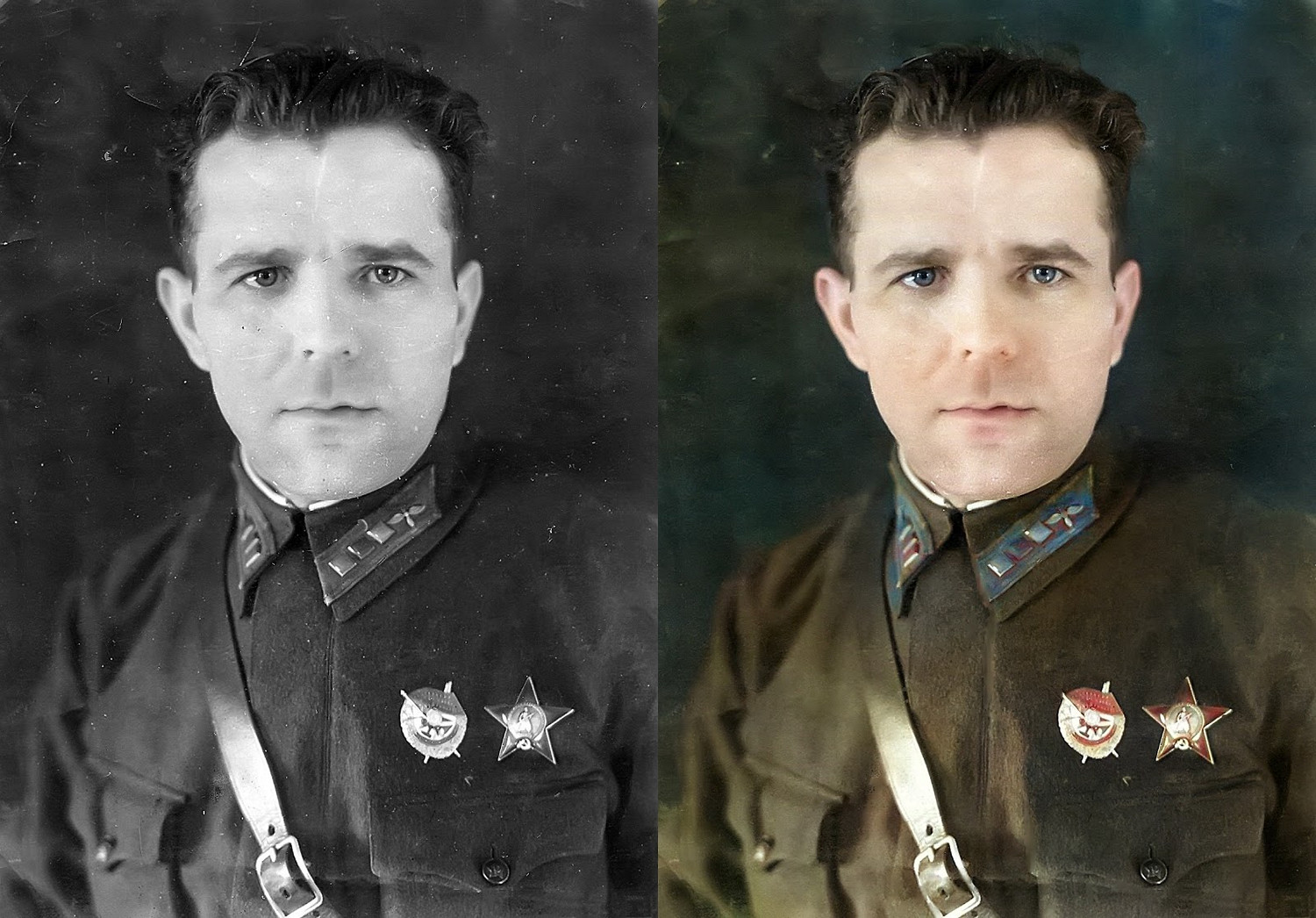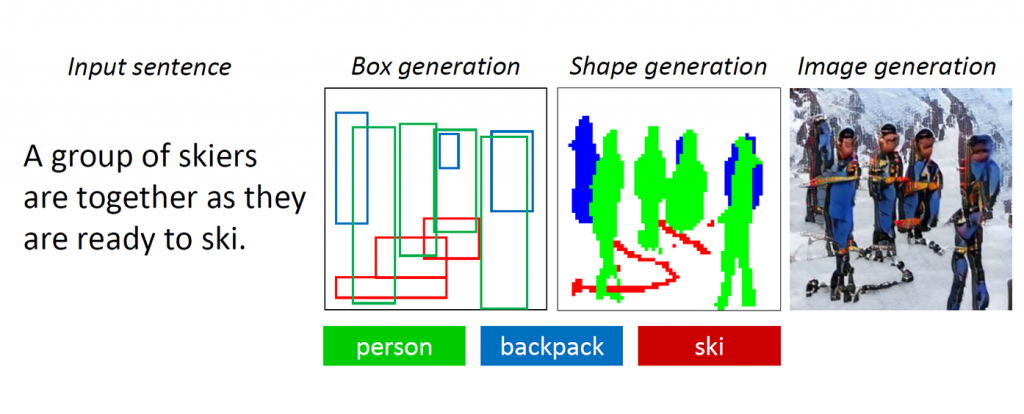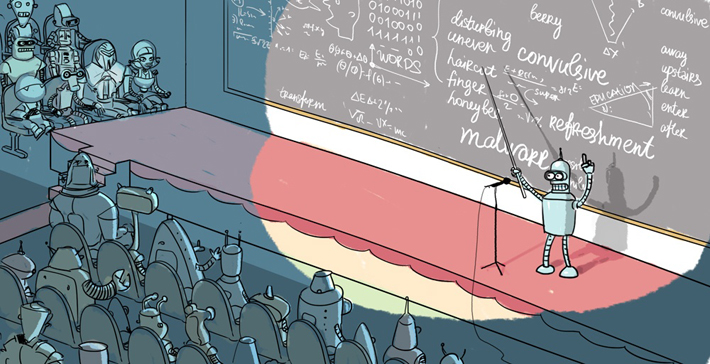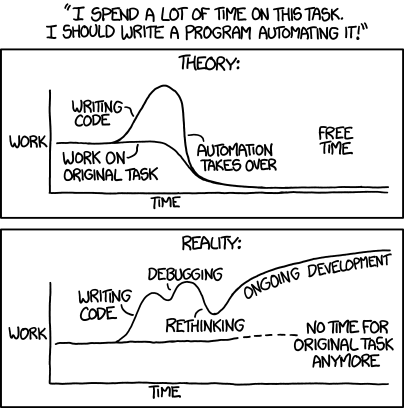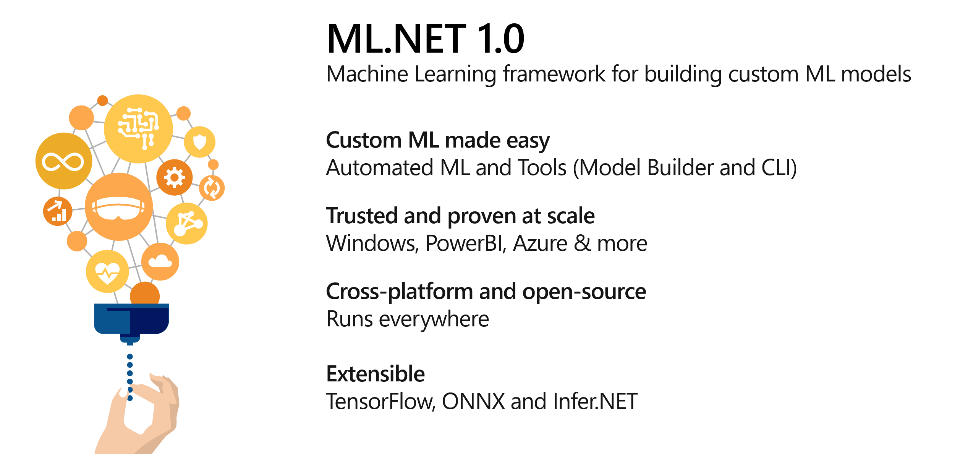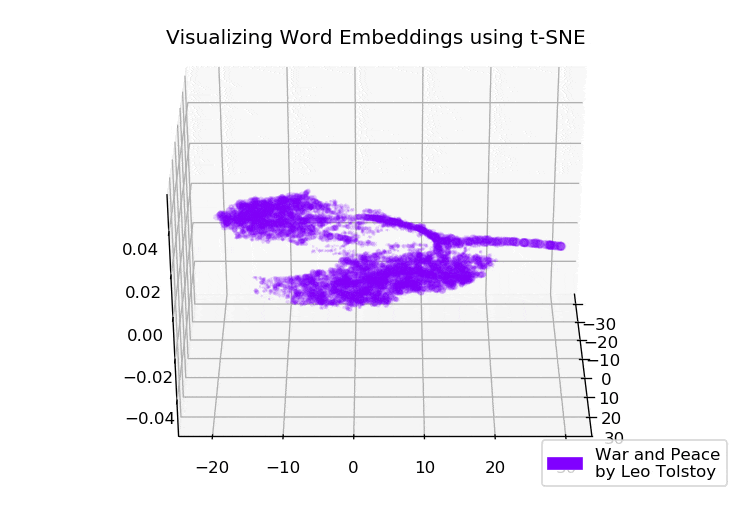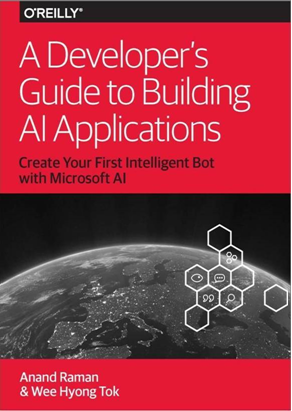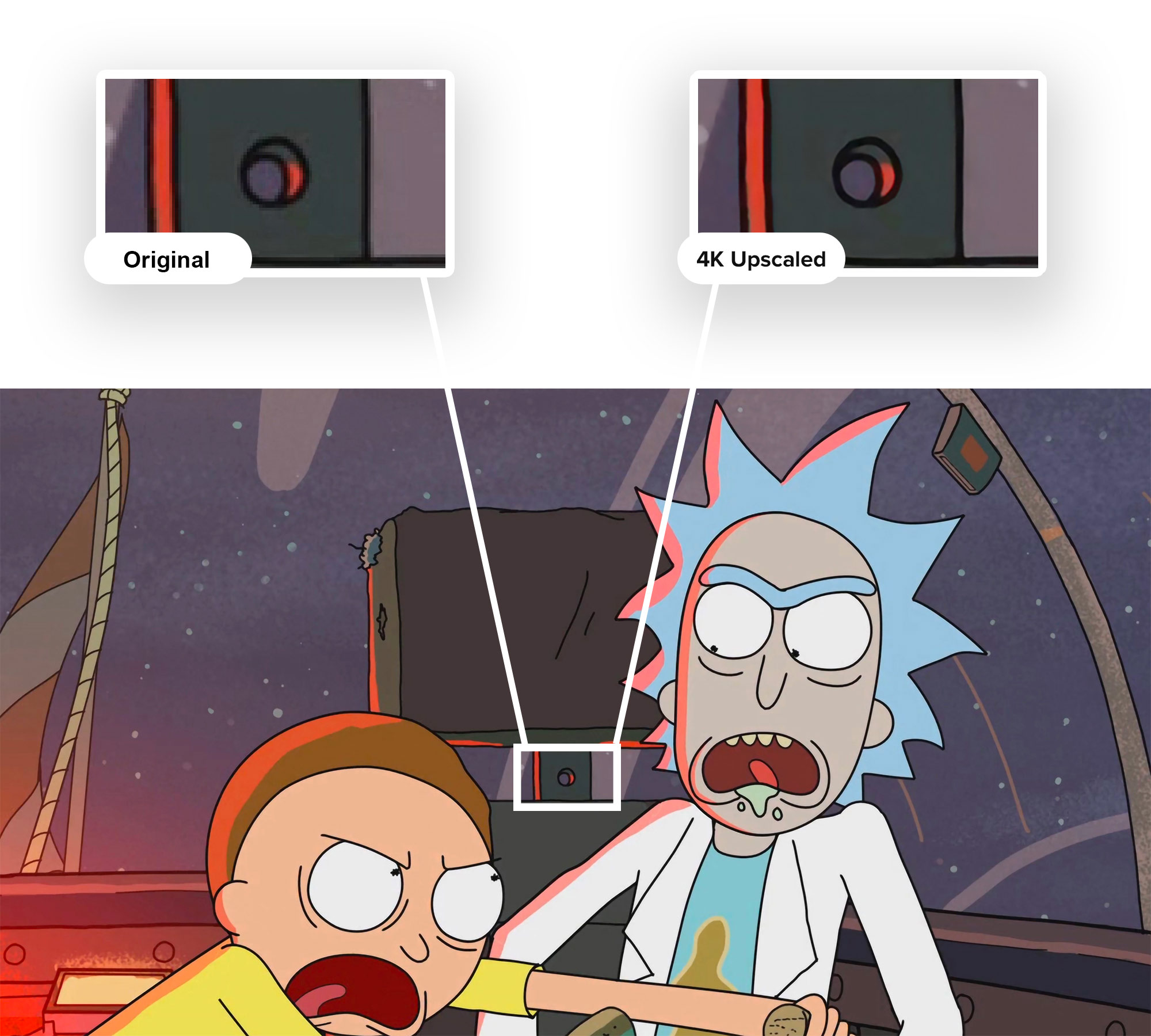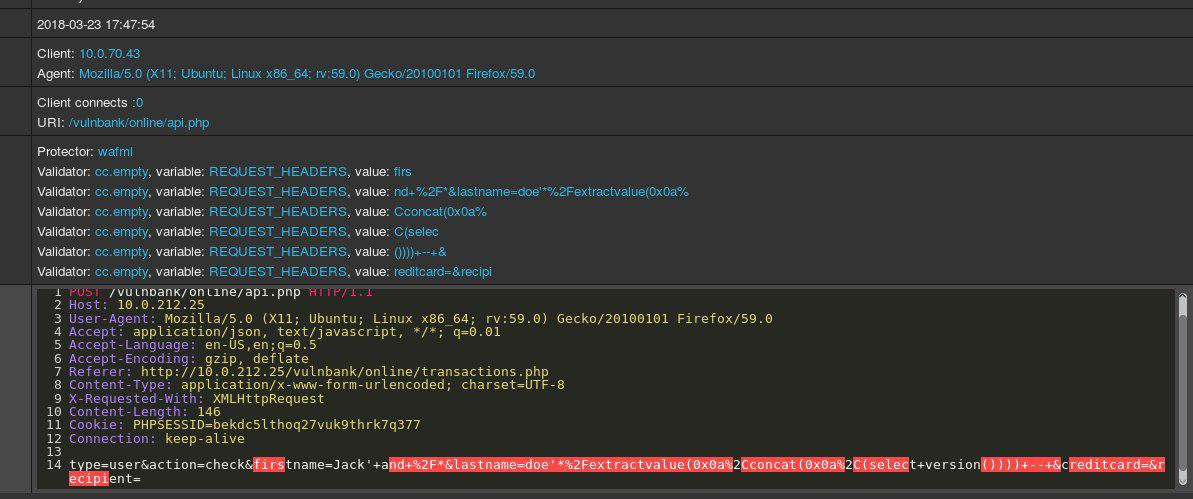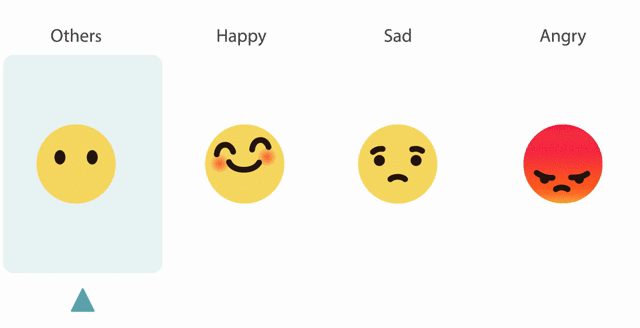
Nowadays, talking to conversational agents is becoming a daily routine, and it is crucial for dialogue systems to generate responses as human-like as possible. As one of the main aspects, primary attention should be given to providing emotionally aware responses to users. In this article, we are going to describe the recurrent neural network architecture for emotion detection in textual conversations, that participated in SemEval-2019 Task 3 “EmoContext”, that is, an annual workshop on semantic evaluation. The task objective is to classify emotion (i.e. happy, sad, angry, and others) in a 3-turn conversational data set.

